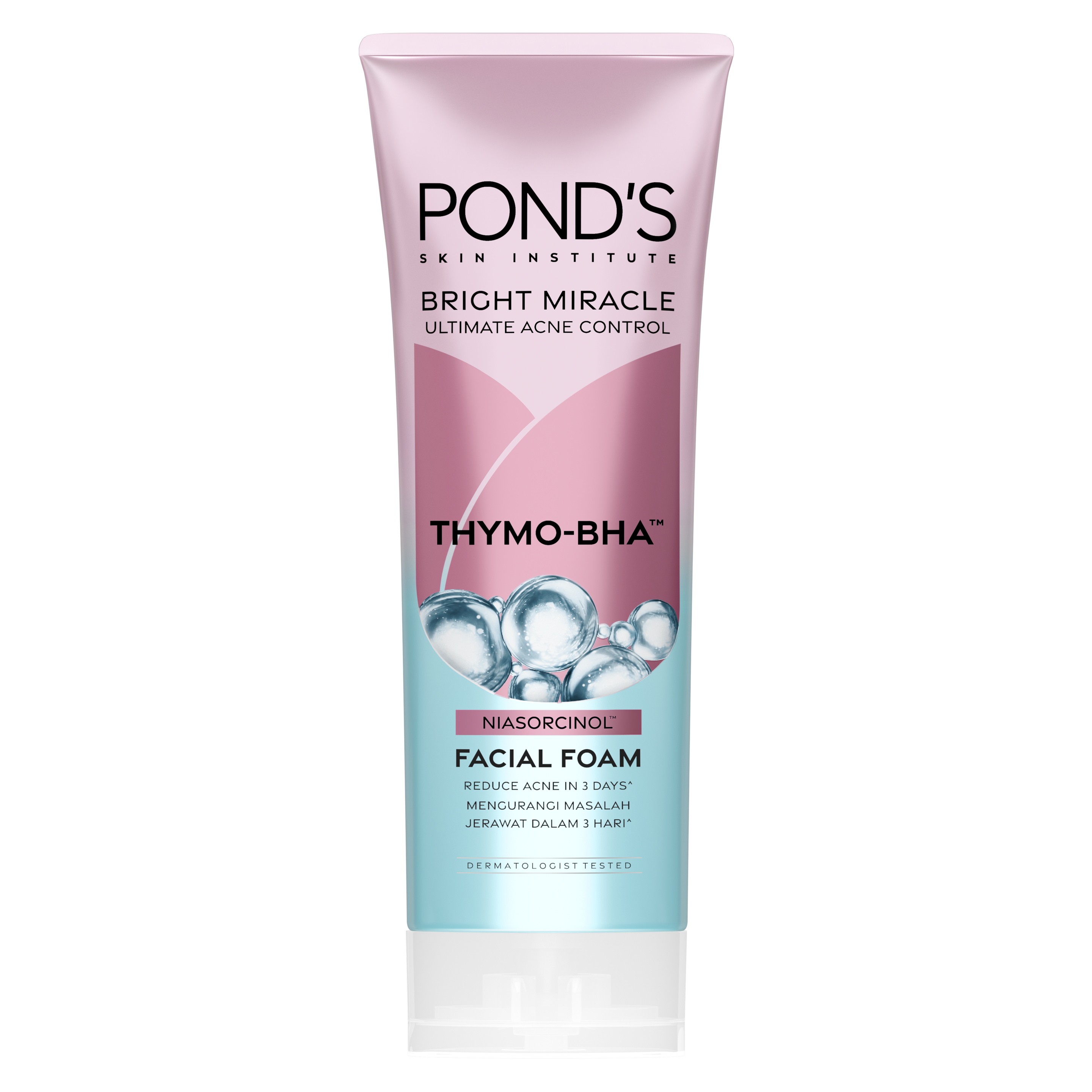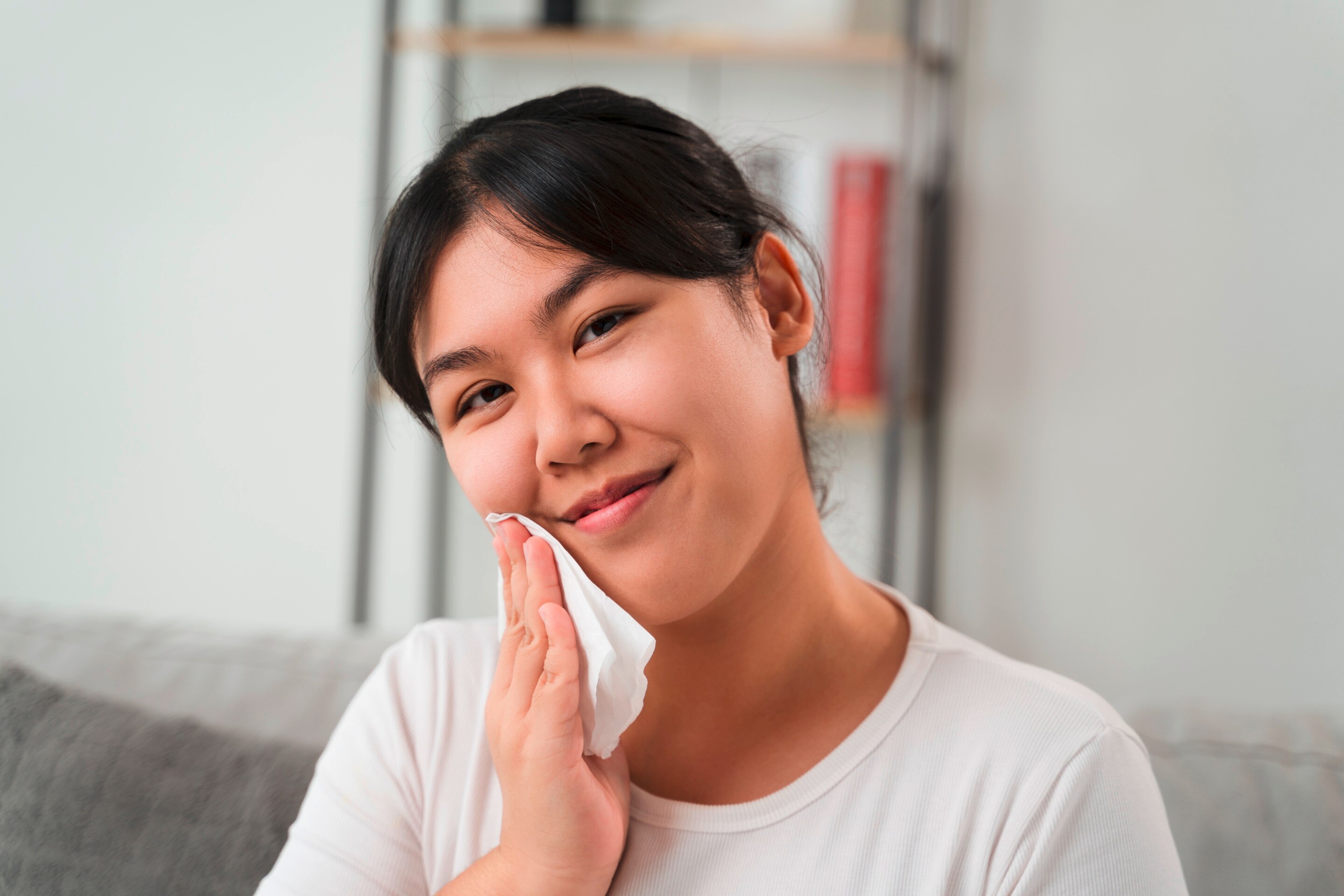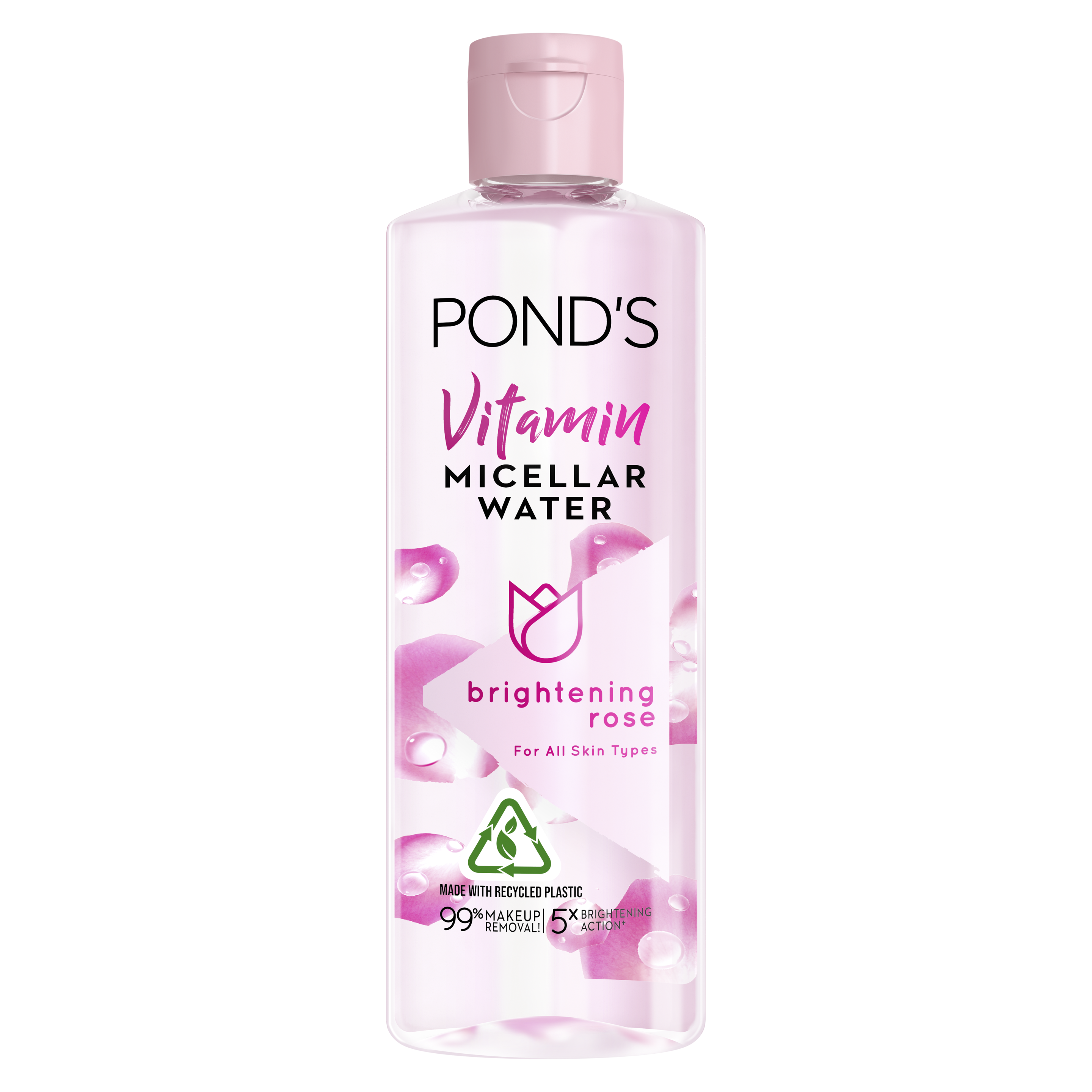Tips and Inspiration
From Unilever Beauty Experts
Not all zits are made equal. Some are so stubborn that you wish you could pull them right out of your pores. Well, this once-far-fetched fantasy has come true, thanks to the invention of pimple patches. These hydrocolloid stickers claim to help disinfect, minimize, and heal pimples overnight, or so the packages say. But how exactly do they work? Below, a dermatologist breaks down how and when to put a pimple patch on your zit.
What Are Pimple Patches?
Pimple patches are small bandages lined with hydrocolloid dressing to cover individual pimples. Some acne stickers are infused with active ingredients, which help calm inflammation and reduce bacteria. Regardless of the type, these patches create a moist environment that helps draw out oil, pus, and other fluids from where they’re applied.
Do Pimple Patches Work?
Pimple patches are quite polarizing. It does wonders for some people but doesn’t do much for others. According to Dr. Dea Florensia, that’s because the effectiveness of pimple patches largely depends on the formulation and the type of pimple that needs to be treated.
When to Put a Pimple Patch on Your Zit
Did you know that there is a right time to stick on a pimple patch? Dr. Florensia says the best time to slap on these stickers is when the zit has matured to a point where you can see its juicy, white head.
The standard hydrocolloid version works by drawing the pus and excess sebum out of the pores, meaning they only work on zits that have visible white or yellow heads. “Hydrocolloid patches won’t improve papules (bumps without pus-filled tips) and cystic acne,” notes Dr. Florensia.
“Applying too soon – when the pimple is still developing under the skin’s surface – may not yield significant results,” she says. “The patch needs a visible opening to draw out all the fluids."
Still, it doesn’t hurt to stick a pimple patch on any bump you have, even if it’s in its early stage or has fully erupted. Just don’t expect them to heal your pimple overnight.
How to Use Pimple Patches
Pimple patches may not be the instant fix you’ve been dreaming of, but when used correctly, they are trusty back-up products for getting rid of zits.
1. Give your face a good cleanse.
Dirt, oil, makeup residue, and last night’s skincare products can all form a barrier that prevents the pimple patch from adhering properly to the skin. Bacteria can also get trapped under the sticker, which can prolong the healing process. So, you should always wash your face first before placing an acne patch on an existing bump.
You want to use a non-comedogenic cleanser that can lift away impurities without stripping your skin of essential moisture. POND'S Bright Miracle Ultimate Acne Control Facial checks all these boxes and more. Made with Thymo-BHA and niasorcinol, it helps protect the skin against acne-causing bacteria and fade acne marks.
2. Don’t prick your skin.
If you’re a #skintok follower, you might have seen one or two videos telling you to pop a pimple with a lancet needle before applying a pimple patch for the fastest and best results. However, Dr. Florensia says that this hack will do more harm than good. “Whatever happens, never squeeze or prick your own pimple,” she warns. “Pricking your skin will leave a scar and multiply your risk of getting a secondary infection.” Ouch.
3. Remove the patch when the time is right.
You now know when to put a pimple patch, but how long should you keep it on? Dr. Florensia recommends wearing it for at least six hours and no more than 12 hours. Beyond this timeframe, pimple patches are saturated with fluids, potentially turning it into a breeding ground for bacteria.
When it’s time to remove the patch, do so with care to avoid damaging the skin. Start by washing your hands to prevent transferring bacteria to your face. Then, gently lift one edge of the patch and slowly peel it off in a smooth motion.
4. Don’t forget aftercare.
Your zit may still feel slightly raw post-pimple patch. That’s completely normal. To help speed up recovery, wipe the area clean with toner or micellar water, like POND'S Vitamin Micellar Water Brightening Rose. It’s infused with vitamins A, B3, B5, C, and E to help nourish skin as it eliminates impurities. Then, apply a spot gel corrector to help bring the swelling down and support skin repair.
A pimple patch can be an effective way to stop a zit in its tracks when applied correctly. However, it should be a supporting star – not the main act – in your skincare routine. Use the patch strategically and remember to change it regularly.









